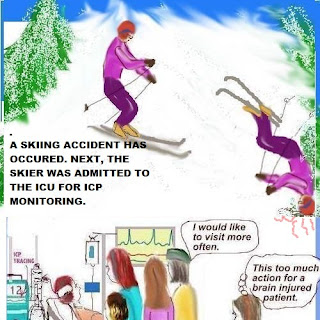DEFINING TRAUMA CARE
How do you treat trauma?
When someone is involved in a traumatic event,
whether car accident, burns, fall, impaled objects,
or cardiac events and more, the standard of care will
depend on the severity of the injury or injuries.
Sometimes trauma may occur in a rural area or one
where a higher skill level is not readily available.
For this reason, services such as a helicopter service
may be necessary to transfer the patient to a higher
level of care.
Learn more about: Spinal injury
How are the four levels of trauma categorized?
Level I: Offers 24-hour services of highly skilled staff,
resident doctor on call, and can absorb trauma patients
around the clock. They also include research and education
programs.
Level II: Trauma center usually works in conjunction with
a Level I trauma center and has 24-hour services. However,
this level is not required to have a resident on call or a
research program.
Level III: Does not have 24-hour service but has an
intensive care and a surgical suite. Patients requiring
a higher level of care would have to be transported to
Level I or Level II.
Level IV: Works to stabilize injured patients who are
far away and there are no other services.

resident doctor on call, and can absorb trauma patients
around the clock. They also include research and education
programs.
Level II: Trauma center usually works in conjunction with
a Level I trauma center and has 24-hour services. However,
this level is not required to have a resident on call or a
research program.
Level III: Does not have 24-hour service but has an
intensive care and a surgical suite. Patients requiring
a higher level of care would have to be transported to
Level I or Level II.
Level IV: Works to stabilize injured patients who are
far away and there are no other services.
Scenario: Trauma patient was air lifted to Level I t
rauma center. Special trained staff assisted in the effort.
rauma center. Special trained staff assisted in the effort.

Learn more about: ICP MONITORING for the layperson






